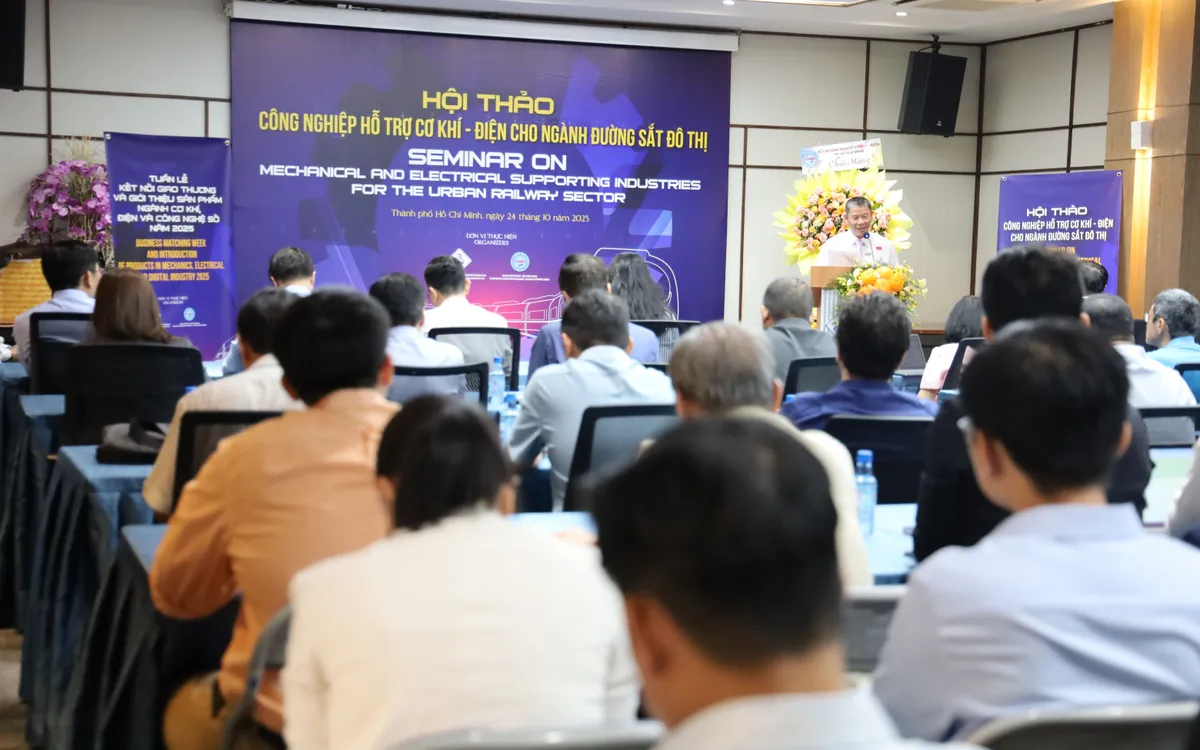
Business delegates attending the Workshop "Mechanical and electrical support industry for urban railway industry"
Many opportunities to participate in the supply chain
The metro investment project is an important tool for urban restructuring in the direction of smart TOD, developing a multi-center model, distributing population and socio-economic activities appropriately. The metro system brings outstanding benefits, with a transport volume 6-10 times higher than buses, 2-3 times higher than ground trains and 60-100 times higher than private cars, and is a clean green means of transport thanks to the use of electric energy. However, building a network for a megacity like Ho Chi Minh City requires huge investment in finance, technology and management.
The workshop "Mechanical - Electrical Support Industry for Urban Railways" organized by the Ho Chi Minh City Trade and Investment Promotion Center in collaboration with the Mechanical - Electrical Enterprises Association on the morning of October 24, 2025 opened a new chapter for local enterprises. According to Ms. Ho Thi Quyen, Deputy Director of ITPC, this is an opportunity to connect resources with large projects, especially urban railways, to take advantage of support from the State to contribute to the development of the industry.
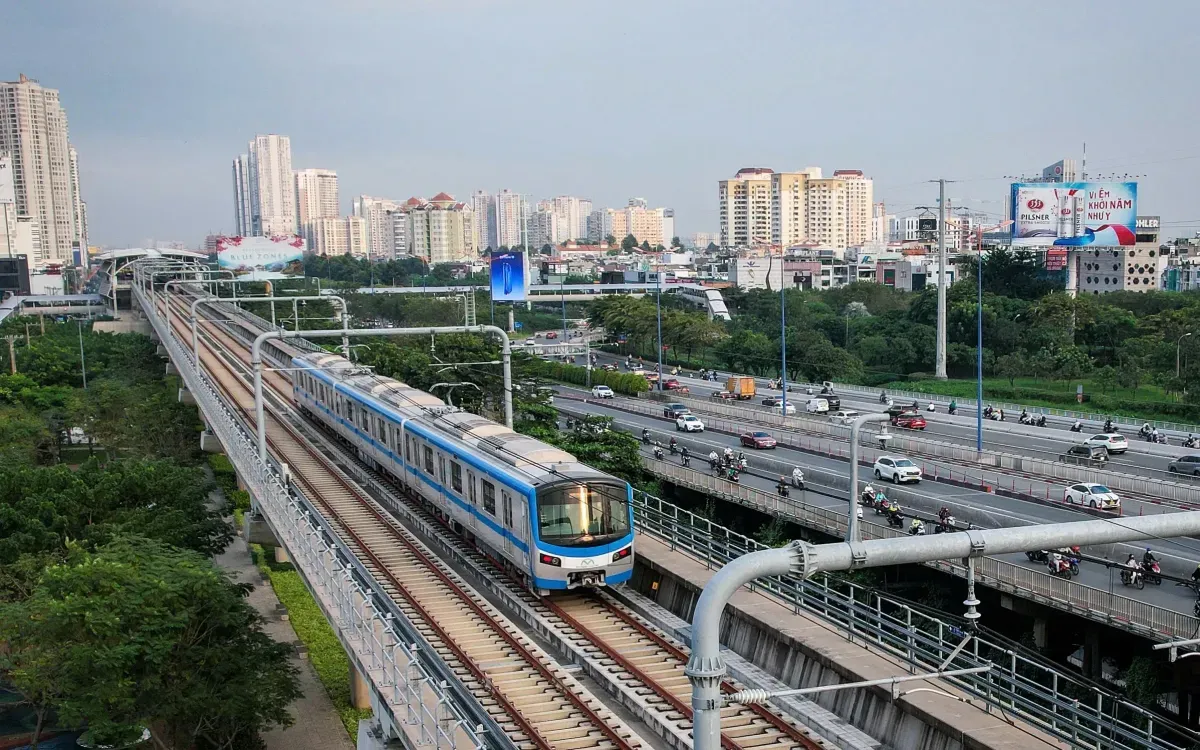
Domestic enterprises are fully qualified to participate in the urban railway supply chain.
Resolution 188/2025/QH15 of the National Assembly provides specific mechanisms, such as EPC contractor appointment, resettlement compensation separation and the use of FEED design, to help speed up progress. Domestic enterprises are fully qualified to participate in the urban railway supply chain.
Mr. Bui Anh Huan, Deputy Head of the Urban Railway Management Board, said that the metro line No. 2 Ben Thanh - Tham Luong project, with a length of 11.684 km in phase 1, includes 9.33 km underground and 0.76 km above ground, 11 stations and a total investment of about 54 trillion VND from the city budget. The project is expected to start construction in April 2026, operate in December 2030, with an initial transport capacity of 227,000 passengers/day with 14 3-car trains, and upgrade to 1,527,000 passengers/day in 2060 with 22 6-car trains. Applied technology includes 1500V DC overhead power supply, GoA 4 automation and AFC ticket system integrated with smart public transport.
Mr. Tran Thanh Trong, Vice Chairman of the Association of Mechanical and Electrical Enterprises, emphasized that urban railway is a national key project, contributing to reducing pressure on road infrastructure and promoting socio-economic development, and is also a symbol of Vietnam's industrial capacity. Bidding Law 22/2023/QH15 and Decree 24/2024/ND-CP give preferential treatment to domestic products according to the localization rate, especially Point c, Clause 3, Article 7 of Resolution 188, which stipulates that the general contractor must give priority to domestic products.
Specifically, according to Mr. Trong, domestic enterprises are capable of providing power supply systems, backup generators, ventilation, automatic control, fire protection and elevators, and even coordinating investment in train cars and rails. To grasp this, enterprises need to invest in technology, standardize processes, develop human resources and international links, and form a domestic supply chain. The Association of Mechanical and Electrical Enterprises recommends that management agencies prioritize domestic products to reduce costs, increase autonomy and develop the railway industry. For imported equipment, a technology transfer roadmap is needed.
Need high quality human resources
In addition to the supply chain, human resources are the key factor to realize urban railway projects. Dr. Nguyen Minh Khoa, Lecturer of the Faculty of Transport Engineering, Ho Chi Minh City University of Technology - VNU, said that the urgent need is that in the period of 2025-2030, the industry needs at least 35,000 high-quality human resources, of which 14,000 have university degrees and 1,000 have postgraduate degrees. Focus on construction engineering 16,300 people, railway transport exploitation 6,000 people, railway engineering 4,700 people and signal information 3,700 people.
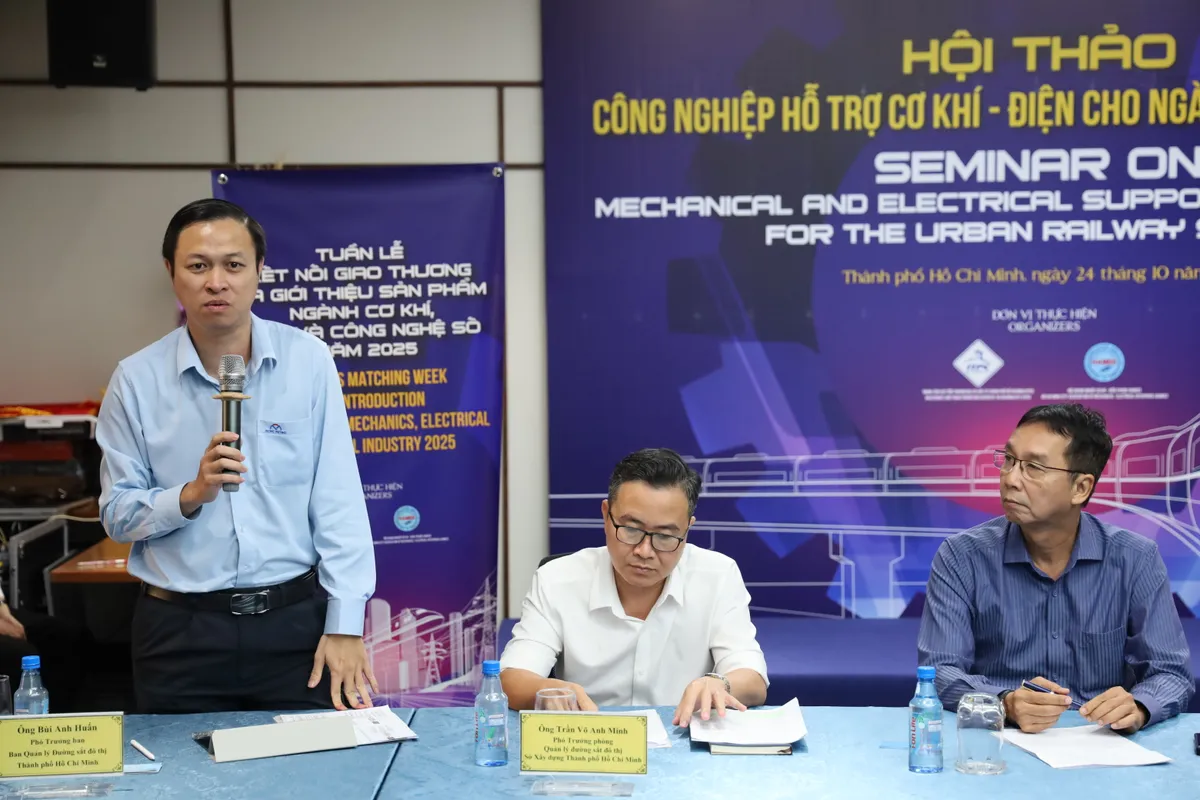
Mr. Bui Anh Huan, Deputy Head of the Urban Railway Management Board, said that the metro line 2 project Ben Thanh - Tham Luong has a total investment of about 54 trillion VND from the city budget.
In addition, it is necessary to train 12,000 operators and maintenance personnel, with 4,500 for national railways and 7,500 for urban areas. The current state of the national railway network is outdated, with a total length of 3,315 km, more than 80% of which is 1000 mm gauge, 2nd generation diesel technology, low speed, contributing only 0.1% of passengers and 0.3% of freight. With the goal of converting 25 routes to 1,435 mm gauge by 2050, the human resource challenge is great due to the lack of specialized training facilities. The Faculty of Transport Engineering is training more than 1,000 students, oriented towards railway majors based on electromechanical foundations, helping learners develop their careers in 3-5 years.
Dr. To Thanh Tuan, Vice Principal of LILAMA2 International Technology College, emphasized the cooperation solution between schools, businesses and management agencies. The school provides human resources, transfers technology; businesses order training, support facilities, guide internships; management agencies create policies, support funding, and inspect quality. This coordination reduces retraining costs and equips learners with practical skills. However, the challenge is the lack of initiative, rapid technological change, difficulties in binding mechanisms, and businesses have not seen the investment benefits. To overcome this, it is necessary to coordinate to complete the program through technical seminars, focusing on training in steel structure installation, rails, train cars, welding technology, industrial electricity. Apply CVT combined training models and dual training.
Many experts also believe that Ho Chi Minh City businesses should proactively seize opportunities from Resolution 188 and metro projects, not only participating in the supply chain but also investing in human resources, contributing to building a modern transport system, promoting sustainable economy. This requires close coordination between the government, businesses and education, to turn challenges into development drivers, making Ho Chi Minh City the leading smart city in the region.
Outstanding Figures About Ho Chi Minh City Urban Railway
- Master Plan : The urban railway network is approximately 1,012 km long, with 12 main lines in the pre-merger area totaling 582 km. The target is to complete 355 km by 2035.
- Metro Line 2 Project (Ben Thanh - Tham Luong) : Phase 1 is 11,684 km long (9.33 km underground, 0.76 km above ground), 11 stations, investment of 54 trillion VND. Construction starts in April 2026, operation in December 2030. Capacity: 227,000 passengers/day (2030) to 1,527,000 passengers/day (2060).
- Metro Benefits : Transport 6-10 times faster than bus, 2-3 times faster than train, 60-100 times faster than private car. Clean green vehicle using electric energy.
- Special Mechanism (Resolution 188/2025/QH15) : Prioritize domestic products, appoint EPC contractors, separate resettlement compensation, shorten project time by 3-12 months.
- Human Resource Needs (2025-2030) : 35,000 high-quality people, of which 14,000 are university graduates and 1,000 are post-graduates. Focus on construction engineering (16,300), transport exploitation (6,000). Vocational training for 12,000 people (7,500 for urban areas).
- Business Role : Capable of providing power supply, ventilation, fire protection, and elevator systems. Prioritizing localization to reduce costs and increase autonomy.
- Transportation Goal : Urban railways will cover 30-40% of public demand by 2035, contributing to reducing congestion and developing sustainable green urban areas.
Source: https://vtv.vn/doanh-nghiep-muon-chu-dong-tham-gia-xay-dung-va-van-hanh-duong-sat-do-thi-100251024145158695.htm


![[Photo] Prime Minister Pham Minh Chinh chairs conference on breakthrough solutions for social housing development](https://vphoto.vietnam.vn/thumb/1200x675/vietnam/resource/IMAGE/2025/10/24/1761294193033_dsc-0146-7834-jpg.webp)
![[Photo] President Luong Cuong chaired the welcoming ceremony and held talks with United Nations Secretary-General Antonio Guterres](https://vphoto.vietnam.vn/thumb/1200x675/vietnam/resource/IMAGE/2025/10/24/1761304699186_ndo_br_1-jpg.webp)
![[Photo] Prime Minister Pham Minh Chinh and South African President Matamela Cyril Ramaphosa attend the business forum](https://vphoto.vietnam.vn/thumb/1200x675/vietnam/resource/IMAGE/2025/10/24/1761302295638_dsc-0409-jpg.webp)


![[Photo] Solemn funeral of former Vice Chairman of the Council of Ministers Tran Phuong](https://vphoto.vietnam.vn/thumb/1200x675/vietnam/resource/IMAGE/2025/10/24/1761295093441_tang-le-tran-phuong-1998-4576-jpg.webp)
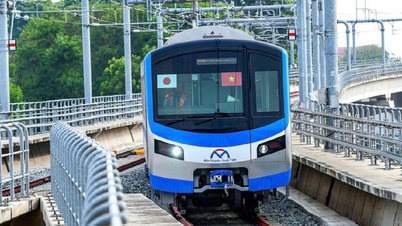

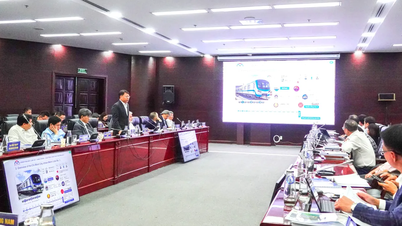

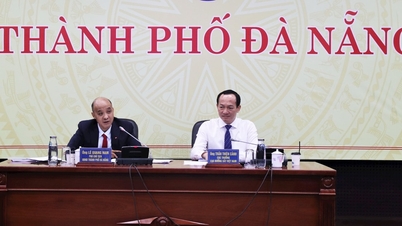

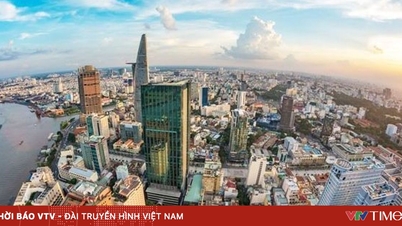
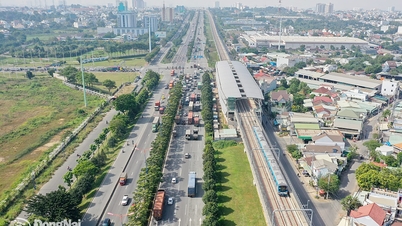

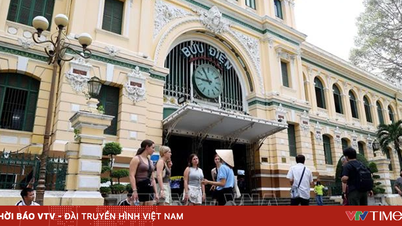
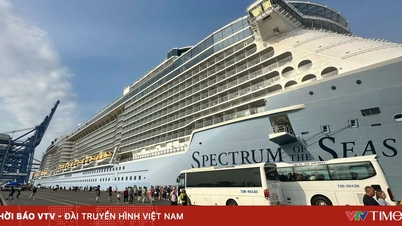
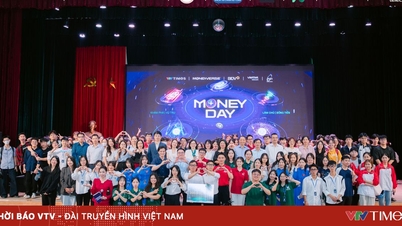
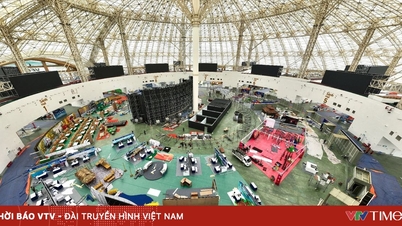
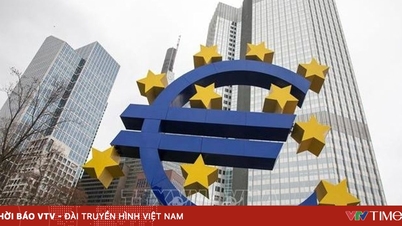
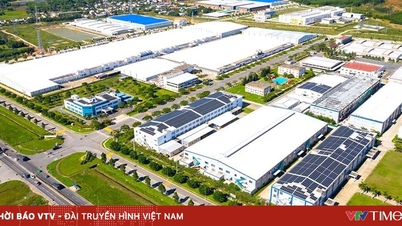
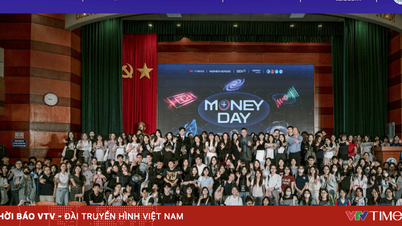





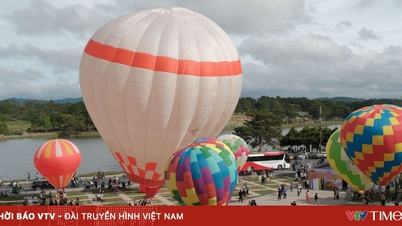
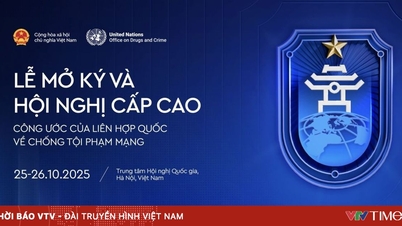
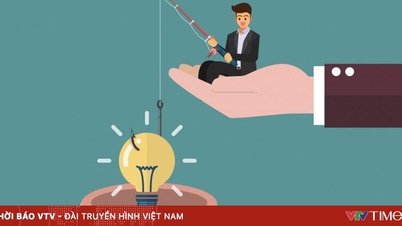

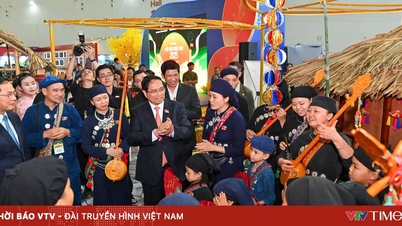







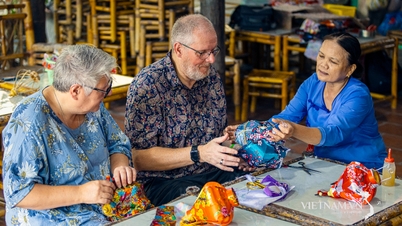

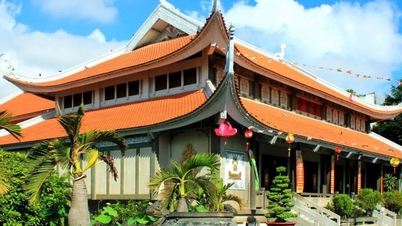


























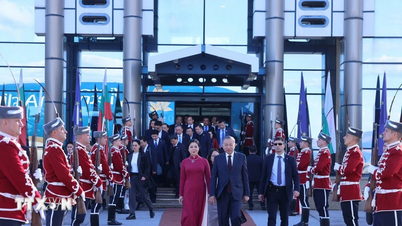
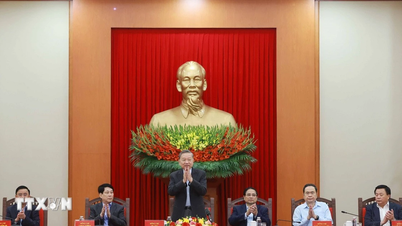
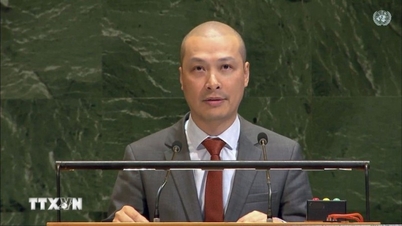
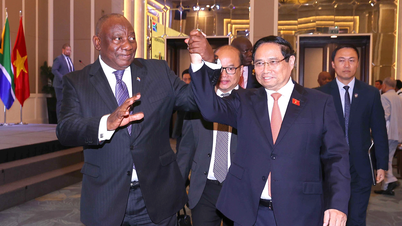
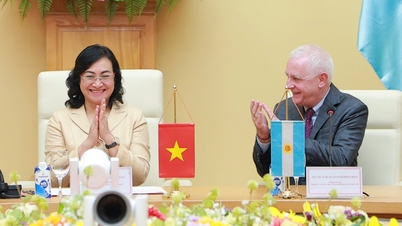


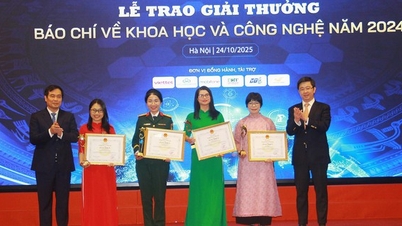

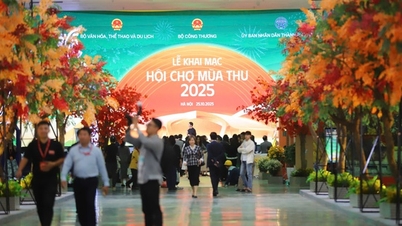
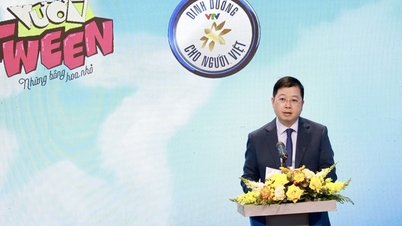
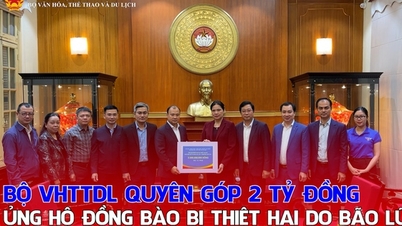
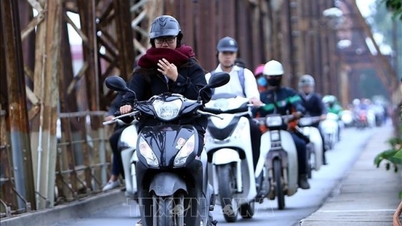

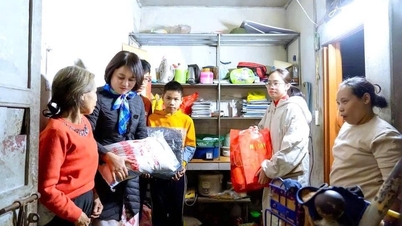

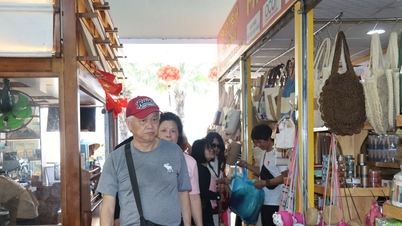
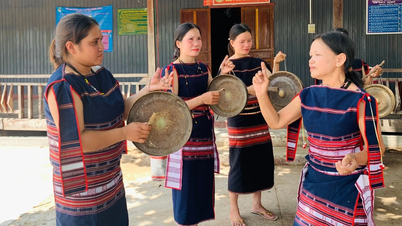



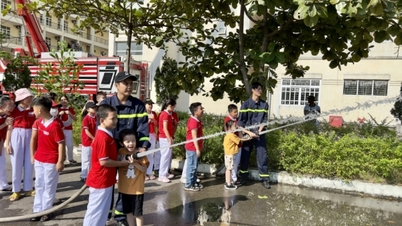
















Comment (0)